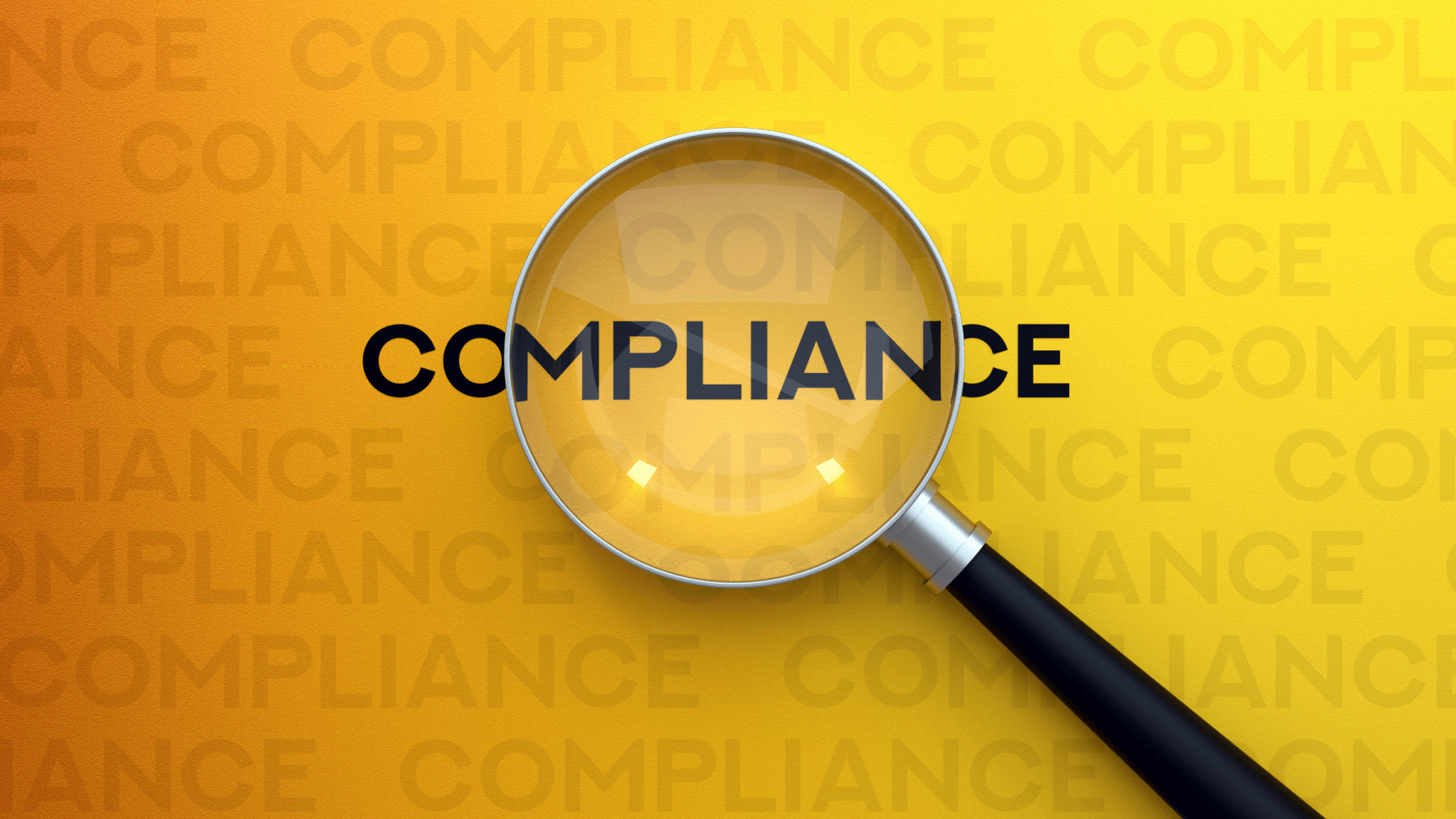
If you’re reading this article, you already know that owning or helping to run a business (especially in New York State) comes with constant change regarding rules and regulations. To keep you in the know and in compliance we have complied some upcoming legislation to be aware of.
NYS Sexual Harassment Hotline
On March 16, 2022, New York State enacted a new law that is requiring the NYS Division of Human rights to establish a toll-free confidential hotline for employees to make complaints regarding workplace sexual harassment. This law is slated to take effect July 14, 2022. It is intended to provide free legal advice to these individuals who contact the hotline. The hotline will be staffed during normal business hours. The lawyers staffing the hotline will be working on a pro-bono basis and will be forbidden from soliciting further representation of the individuals that they speak with.
Impact to Employers
The law is creating an amendment to existing New York State Human Rights Law which states that The NYS Division of Human Rights must work with NYSDOL to update “any materials” employers must post or provide to employees regarding sexual harassment, so they include the new information about the hotline. SimcoHR will continue to monitor this legislation as more information becomes available.
In January 2022, the Department of Labor announced a partnership with Wage and Hour Division (WHD) and National Labor Relations Board (NLRB). With all of these governing organizations we wanted to provide a reminder as to what these organizations are and their function.
· The DOL (Department of Labor) exists to “to foster, promote, and develop the welfare of the wage earners, job seekers, and retirees of the United States; improve working conditions; advance opportunities for profitable employment; and assure work-related benefits and rights.”
· The Wage and Hour Division (WHD) is responsible for enforcing federal minimum wage, overtime pay, recordkeeping and child labor law requirements under the FLSA (Fair Labor Standards Act).
· “The National Labor Relations Board (NLRB) is an independent federal agency that protects the rights of private sector employees to join together, with or without a union, to improve their wages and working conditions.”
100 New DOL Investigators
In February 2022 the Department of Labor (DOL) announced its intention to hire 100 new investigators. This increase in hiring is signaling upcoming increased focus and prioritization of enforcement of those areas of law that fall under the jurisdiction of the above agencies.
Impact to Employers
It is recommended that employers review the following areas of compliance including their current practices:
The Family and Medical Leave Act
The Family and Medical Leave Act (FMLA) is a federal law that provides eligible employees of covered employers with unpaid, job-protected leave for specified family and medical reasons. Eligible employees may take up to 12 workweeks of leave in a 12-month period. FMLA can be complex especially when it is intersecting with state laws and the Americans with Disabilities Act (ADA). Being aware of these common mistakes can help to decrease the likelihood of making costly errors that leave your company at risk for non-compliance or discrimination. It is recommended that you review your FMLA policy and procedures as not to make these common mistakes:
· Not having an FMLA policy
· Untrained managers/supervisors
· Failing to provide required FMLA notices or in a timely manner
· No exact count of FMLA usage
· Overlooking the ADA
Exempt Employee Classification
For more information regarding this please read the April 2022 SimcoHR blog post titled “Exempt vs. Non-Exempt; Minimum Wage Increases and NY State Salary Threshold Increase 2022.”
Independent Contractor vs. Employee
A complicated area of that law that typically creates angst for employers is determining whether an individual is an employee or independent contractor. Determining this distinction is critical and requires complex analysis. The employer must assess the actual work performed by the individual and the nature of the relationship between the individual and the employer in order to determine if that person is an employee or an independent contractor. It is vital to correctly determine if someone is an employee vs an independent contractor because individual’s have more protections as an employee and employers have more responsibilities to an employee vs. an independent contractor.
There are three main ideas to keep in mind when making this determination:
1. Behavioral Control
Does the company control or have the right to control what the worker does and how the worker does his or her job?
2. Financial Control
Are the business aspects of the worker’s job controlled by the payer? (these include things like how worker is paid, whether expenses are reimbursed, who provides tools/supplies, etc.)
3. Type of Relationship
Are there written contracts or employee type benefits (i.e., pension plan, insurance, vacation pay, etc.)? Will the relationship continue and is the work performed a key aspect of the business?
If you have any questions/concerns about these upcoming laws and initiatives, there is no need to fret, because SimcoHR is here to help! We can provide personalized analysis and recommendations to your business to ensure you are in compliance with the current laws and regulations. Please reach out to your designated Simco Account Executive today!
Sign up for our newsletter.




